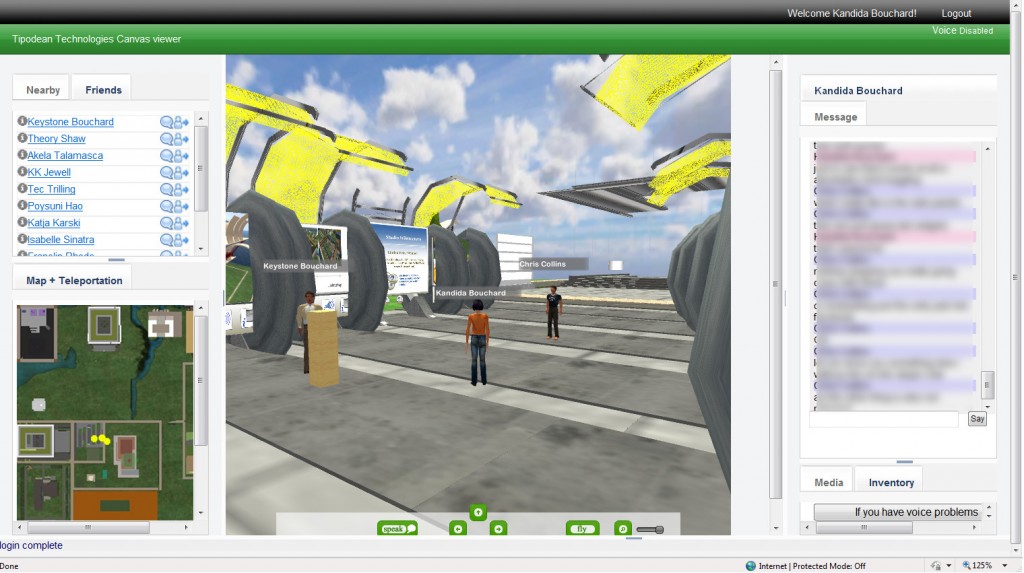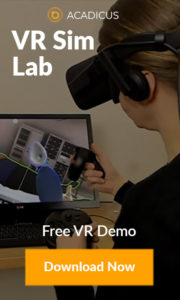A few weeks ago, I was given a demo of a project called ‘Canvas,’ by former Linden Lab manager Chris Collins (Tipodean Technologies). After clicking a url he gave me and logging in, I was suddenly standing on Architecture Island (in Second Life) – yet I was in a web browser, seeing SL through the lens of Unity-built viewer. Surrounding the 3D view were various javascript widgets that Chris tells me can be customized – “there’s nothing stopping you from really going crazy with these.” Imagine a custom Studio Wikitecture viewer with voting and commenting built into the window, instead of flipping back and forth between SL and the web.
I logged into SL through the standard viewer, and used that avatar to rez a prim – which then showed up within the Unity-built browser viewer.
This is an exciting step toward integrating the ‘worlds’ of Second Life and OpenSim with the power and sophistication of Unity3D. Whereas Unity is superior in almost every way for creating the actual 3D online environment, its a bit lonely, and it doesn’t feature any ‘in-world’ modeling tools out-of-the-box (although it could be used to build that). Its more like working in CAD or Photoshop, and I miss glancing up at the mini-map to see who’s nearby. I’m always half-expecting a friend to fly in next to me, but Unity unity is an application, not a world (although it can be used to build one).
Seeing this glimpse of a potential future is very exciting, insofar as it can be seen as an eventual bridge between the sophistication and power of Unity with the world and social graphs of Second Life and OpenSim.


